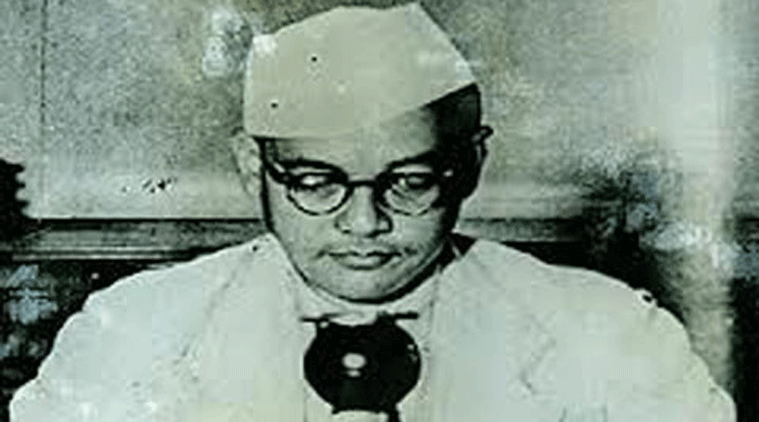Stay updated with the latest - Click here to follow us on Instagram
Have proof Netaji died in plane crash: Grandnephew
Speaking to Karan Thapar on India Today’s Nothing But The Truth, Ray said two doctors, a nurse, an interpreter and Bose’s aide-de-camp Colonel Habibur Rehman have given eyewitness accounts of his last moments.
 According to Ray, like him, Bose’s daughter Anita Bose Pfaff is also in favour of a DNA test on remains kept at Tokyo’s Renkoji Temple.
According to Ray, like him, Bose’s daughter Anita Bose Pfaff is also in favour of a DNA test on remains kept at Tokyo’s Renkoji Temple.
Netaji Subhas Chandra Bose’s grandnephew Ashish Ray has claimed he has “irrefutable evidence” to prove Bose died hours after he was seriously burnt in an air crash on outskirts of an airfield in Teipei, Taiwan, on August 18, 1945.
Speaking to Karan Thapar on India Today’s Nothing But The Truth, Ray said two doctors, a nurse, an interpreter and Bose’s aide-de-camp Colonel Habibur Rehman have given eyewitness accounts of his last moments. According to Ray, like him, Bose’s daughter Anita Bose Pfaff is also in favour of a DNA test on remains kept at Tokyo’s Renkoji Temple.
Ray said he has been able to establish through evidence posted on http://www.bosefiles.info that on August 12, 1945, Bose was in Malaya when he heard Japan had offered to surrender to the Allies. He then returned to Singapore where he learnt Japanese were ready to give him shelter. On August 16, he began the journey to Tokyo. In the first stage, he reached Bangkok.
[related-post]
“The Japanese told Bose that his situation in South East Asia was becoming insecure and asked him to move to Japan. This was conveyed to him in Singapore and reiterated at Bangkok. It was planned that he would go to Japan, but his plan was to disappear, perhaps into Soviet Union,” Ray said.
“He felt Japan would not be able to protect him because it had surrendered. He felt although he might be detained in Soviet Union, he stood a better chance of convincing Soviet authorities about his mission to liberate India,” he said.
In Bangkok, said Ray, it was decided that Bose would go to Tokyo to thank Japanese government and then proceed to Russia. On August 17, Bose left Bangkok and reached Saigon. “After hours, the Japanese offered two seats on a bomber going to Tokyo. Several of Bose’s aides were with him, but they persuaded him to take the flight. Rehman went with him.”
The flight made an unscheduled night stop at Tourane and took off next morning for Teipei. There were 13 to 14 persons on board. It crashed soon after taking off after a refuelling stop at Teipei, said Ray. “We have accounts of six of seven survivors, including Rehman. They said the aircraft had hardly risen to 30 m, when there was an explosion.
The left propeller broke and the aircraft nosedived,” Ray said. Rehman, said Ray, was sitting behind Bose. “The upper part of his body was on fire, his head had burnt and he had brutal injuries on his forehead,” said Ray.
Ray said Bose was rushed to Nanmon Military Hospital, where he passed away that evening. According to Ray, Bose told Rehman, “Go and tell my countrymen that I fought till the last.”
Asked how sections of Bose’s family would respond to the claims, Ray said, “I understand that because of emotional attachment, they’ve been in denial. But I think we need to confront the truth.”







